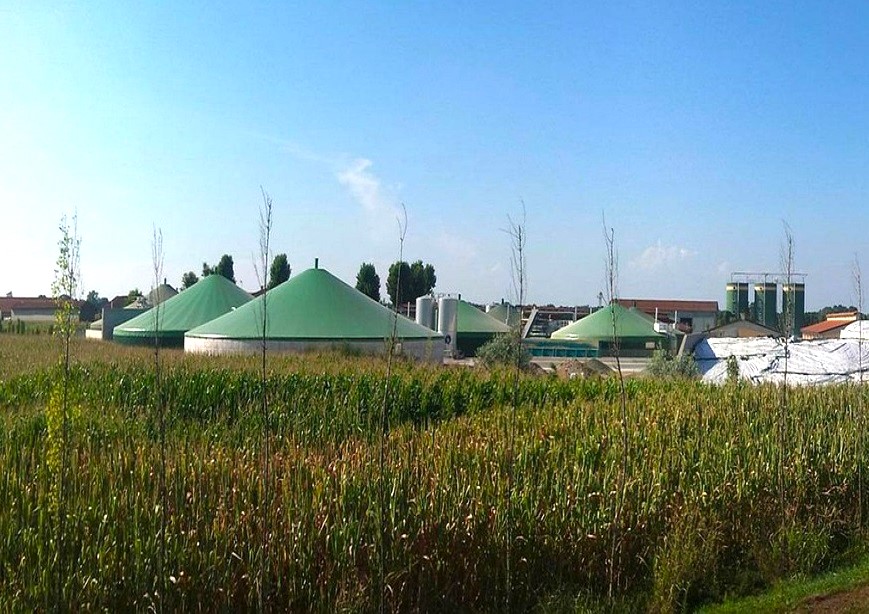Slaughter processes: hygiene practices and role in a sustainable, circular economy

As we have previously seen, slaughtering animals is crucial, and observing hygienic practices is very important. The slaughterhouse takes precautionary measures, such as protective clothing for those who want to go into the slaughterroom, compulsory disinfection of footwear and mandatory disinfecting hands with soap after every break or after visiting the toilet. In addition, there are rules for slaughtering itself. The intestines and organs are removed in such a way that the carcass is touched as little as possible. Storage and transport from the slaughterhouse are subject to hygiene rules. Only employees who slaughter may enter the slaughter room. The hygiene protocols are laid down in the company’s Hygiene Code. Every employee must adhere to it.
Everything is focused on clean slaughter
Knives used for slaughter are regularly disinfected to prevent any bacteriological contamination of carcasses. Hygiene rules bind the storage of knives. Machines and slaughter rooms are cleaned and disinfected at least daily. This also applies to the trucks that transport meat. Bacteriological research is being carried out at the slaughter line to prevent contamination. Systematic checks on cleaning and compliance with hygiene rules also include checks on the water quality used in production. The inspector can temporarily stop the slaughter line at a slaughterhouse that does not work according to hygiene rules. The company must first disinfect the slaughter line or the room before further work can be done.
Slaughterhouse employees wear hair nets, helmets, ear plugs, and overalls with a rubber apron, boots, or footwear with steel toe caps. The latter depends on the type of work they do. Jewellery, piercings and makeup are forbidden. Employees who work with knives wear a protective glove made of stainless-steel links to help prevent accidents. Some parts of an animal’s body are destroyed as a precaution because they may pose a risk to public health. This is the case with BSE (Bovine Spongiform Encephalopathy). Parts of an adult bovine animal that pose a risk may not be processed into food for humans and animals. The brain and the spinal cord of a slaughtered adult bovine are so-called Specific Risk Material (SRM) that must be burned. Disposal is mandatory by law. The risk material includes the spleen, the skull, the tonsils, the colon, the last four meters of the small intestine, the caecum, and the mesentery, which are destroyed as ‘animal waste’. The SRM rules apply to adult cattle and ruminants such as sheep and goats.
The measures to reduce water and energy consumption
A slaughterhouse uses a lot of water. This is because animals must be cared for on arrival, and slaughter rooms and machines are frequently sprayed and disinfected. The companies have taken measures to reduce water consumption. This can be achieved by collecting used water and making it suitable for cleaning commercial vehicles and stables. Water used in the slaughterhouse (‘process water’) contains meat proteins, fats, blood residues and carbohydrates. This water is first purified and disinfected. This also happens with wastewater that goes to the sewer system. Slaughterhouses save water by saving spray nozzles and reducing the water pressure when cleaning with a high-pressure sprayer. Water consumption is also limited by using evaporative condensers on cooling machines and by limiting the rinsing frequency and time.
Energy, such as electricity and fuel, is required to cool carcasses and transport livestock and meat. Freezing meat for longer involves greater energy costs. Slaughterhouses take all kinds of measures to limit water and energy consumption and reduce the use of mineral fuel to lower CO2 emissions. This includes investing in energy-efficient equipment and alternative energy sources, such as solar, wind, and biogas. The manure for these biogas plants comes from the stalls where animals for slaughter are temporarily collected. The biogas is used as fuel for the trucks. This is especially possible for larger slaughterhouses.
Furthermore, investments are being made in the construction of cogeneration installations. For example, Combined Heat and Power systems are highly efficient processes that generate electricity and heat simultaneously. They use gas to generate electricity and, at the same time, to heat water for the disinfection of business premises and the heating of buildings. These systems help to conserve energy, contributing to significant cost savings and a reduced carbon footprint.
In summary, the slaughter process is a great example of how we can make the whole meat chain more efficient and sustainable.